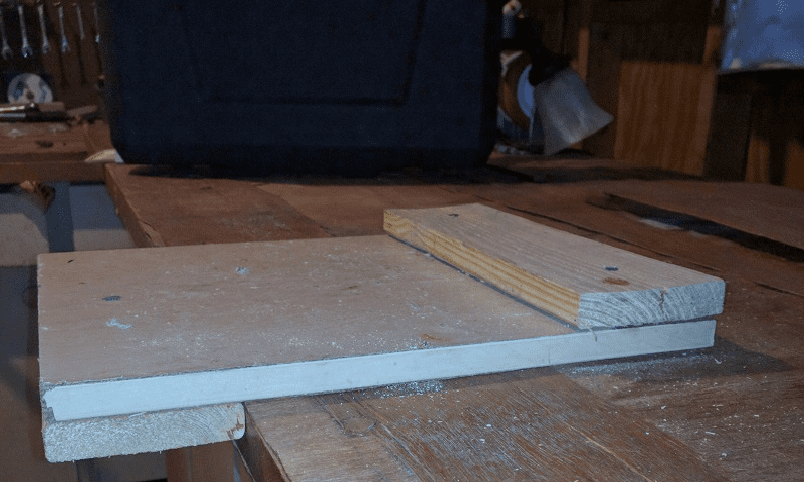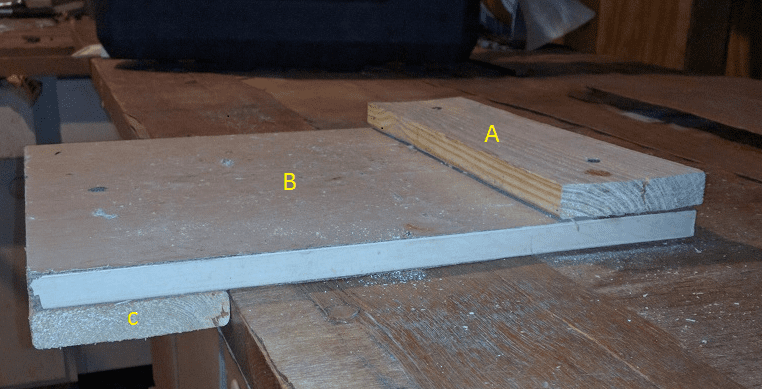The bench hook is probably the simplest, most useful, and easiest to make workshop accessory. Some are certainly fancier and more functional than others, but even the most rudimentary bench hooks are as helpful as having an extra hand. This accessory minimizes the need for vises or clamps, allows you to make quick cuts, can perform the same function as a bench dog, and the more sophisticated versions make quick miters easy. So here’s a short guide on how to make a simple bench hook.
First—What is a Bench Hook?
Before we get too far into how to make a bench hook it might be good to explain what exactly it is. At its core, a bench hook holds workpieces in place while crosscutting with a hand saw. This accessory—typically built by hand— improves both the accuracy of your cut while giving you an additional measure of safety.
It sits on top of your workbench with the “hook” overlapping the front edge. This lets you use one hand to push a workpiece against the makeshift fence while making a cut. The fence is held in place by the front lip of the bench hook—which, quite literally—”hooks” onto the workbench. It frees your hand to control the material as you saw, rather than having to simultaneously hold the board steady.
You can also combine the use of a face vice or even clamps to hold the bench hook in place.
How to Make a Simple Bench Hook
As you can see from the photo, there’s not much to a simple bench hook. Much like the author, it doesn’t have to look good to be useful! You can use three scrap pieces of wood fastened with screws or with strong wood glue. Part A acts as the fence, Part B is the base, and Part C is the “hook”. There are so many ways how to make a simple bench hook that you can customize it to fit your specific needs.
Steps to Building a Bench Hook
- Find a plank or board for Part B and determine the desired length and width. If you will mostly be using it to cut, or you want to use it in the place of a bench dog, it can be on the shorter side. If you plan to use traditional woodworking tools such as hand planes and spokeshaves, you might want more of a shooting board. For this, a deeper bench hook works best.
- Cut the fence Part A and the hook Part C to the width of Part B.
- Fasten them to opposite ends and sides of Part B (see photo above) so that Part C hooks the front edge of your workbench. Try to ensure that any screws or fasteners are flush with the wood.
Bonus Option for Miters
If you want to increase the functionality further, pre-cut miters into the fence Part A so that you can make quick, easy angle cuts. Just be sure those angles are correct!
Bonus Option for Pull Cuts
Consider letting Part B extend beyond the fence Part A (not flush as in the picture). This lets you use the bench hook with a Japanese-style saw that cuts on the pull stroke. In this way, you can also pull against the far face of the fence and not just push against the fence as you would with a western saw.
You might have also noticed that the bench hook is reversible. This lets you add to your miter angles or even start over if the first try didn’t work out so well!
That’s All!
The simple bench hook is a great first woodworking project for beginners and a very handy tool for experienced craftsmen. It’s often overlooked, but it certainly shouldn’t be. We hope you have fun with your new bench hook. If you have any additional tips about how to make one, add them in the comments below—or contact us with your own Pro tips.




